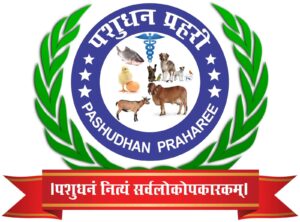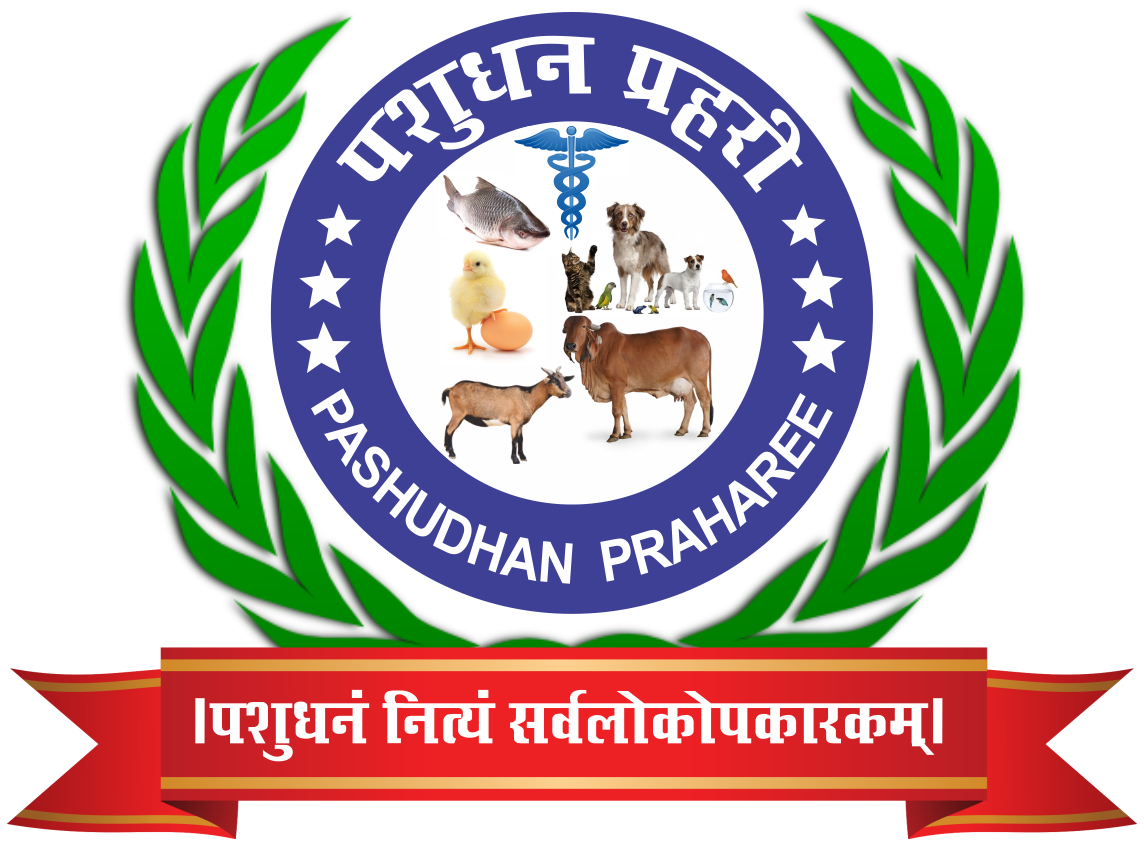Rural Livelihood Potential Through Backyard Poultry Rearing in Jharkhand, India
Introduction
Backyard poultry farming has long been an integral part of rural life in India, offering a sustainable source of income, nutrition, and employment. In the state of Jharkhand, where a significant portion of the population resides in rural and tribal areas, backyard poultry rearing presents a viable avenue for enhancing livelihoods. This practice not only supplements household income but also contributes to food security and women’s empowerment. This comprehensive analysis delves into the potential of backyard poultry farming in Jharkhand, examining its benefits, challenges, and the strategies required to harness its full potential.
The Socio-Economic Landscape of Jharkhand
Jharkhand, located in eastern India, is characterized by its rich cultural heritage and diverse tribal communities. The state’s economy is predominantly agrarian, with a large segment of the population engaged in agriculture and allied activities. However, factors such as limited land holdings, dependence on monsoon rains, and traditional farming methods often result in low agricultural productivity. Consequently, rural households seek alternative livelihood options to augment their income and ensure food security.
Backyard Poultry Farming: An Overview
Backyard poultry farming involves rearing small flocks of indigenous or improved chicken breeds in a free-range or semi-intensive system. This practice is especially suited for rural areas due to its low initial investment, minimal space requirements, and adaptability to existing farming systems. Poultry birds provide eggs and meat, which are rich sources of protein, thereby improving the nutritional status of rural families. Additionally, poultry manure enhances soil fertility, benefiting agricultural activities.
Benefits of Backyard Poultry Farming in Jharkhand
- Income Generation
Backyard poultry farming serves as a supplementary source of income for rural households. The sale of eggs and birds provides regular cash flow, which can be utilized for household expenses, children’s education, and other needs. Studies have shown that investments in backyard poultry farming can yield significant returns, contributing to increased food and nutrition security among rural populations.
- Nutritional Enhancement
Eggs and poultry meat are rich in essential nutrients, including proteins, vitamins, and minerals. Incorporating these into the diet helps combat malnutrition, a prevalent issue in many rural areas of Jharkhand. Improved nutrition leads to better health outcomes, increased productivity, and overall well-being.
- Employment Opportunities
Poultry farming creates employment opportunities, particularly for women and unemployed youth. Women, in particular, play a pivotal role in managing backyard poultry, leading to their empowerment and enhanced decision-making within households and communities. The enterprise requires minimal time and can be integrated with other household activities, making it an ideal livelihood option.
- Low Investment and High Returns
One of the most significant advantages of backyard poultry farming is its low initial investment. Utilizing locally available resources, such as kitchen waste and farm by-products for feed, reduces operational costs. The resilience of indigenous breeds to local climatic conditions and diseases further minimizes expenses related to healthcare and maintenance.
- Environmental Sustainability
Poultry farming contributes to environmental sustainability through the provision of manure, which enhances soil fertility and reduces the need for chemical fertilizers. The integration of poultry with agriculture promotes a balanced farming system, leading to sustainable land use and improved crop yields.
Challenges in Backyard Poultry Farming
Despite its numerous benefits, backyard poultry farming in Jharkhand faces several challenges:
- Disease Management
Poultry diseases, such as Newcastle disease and avian influenza, pose significant threats to flock health and productivity. Limited access to veterinary services and vaccines exacerbates the problem, leading to high mortality rates. Implementing regular vaccination and de-worming protocols is crucial to reduce mortality and enhance productivity.
- Lack of Quality Breeding Stock
Access to high-yielding and disease-resistant poultry breeds is limited in many rural areas. The reliance on traditional breeds, while hardy, often results in lower productivity. Introducing improved breeds, such as Vanaraja and Kaveri, can enhance meat and egg production, thereby increasing profitability.
- Inadequate Training and Extension Services
Many rural farmers lack technical knowledge regarding modern poultry farming practices, including nutrition, housing, and disease management. The absence of effective extension services hampers the dissemination of best practices and innovations. Providing training and capacity-building programs can empower farmers with the necessary skills to manage their flocks efficiently.
- Market Access and Infrastructure
Limited access to markets and inadequate infrastructure for storage and transportation restrict farmers’ ability to sell their produce at fair prices. Establishing local cooperatives and improving supply chain logistics can enhance market access and profitability for small-scale poultry farmers.
Strategies to Enhance Backyard Poultry Farming in Jharkhand
To fully realize the potential of backyard poultry farming as a tool for rural development in Jharkhand, the following strategies can be implemented:
- Promotion of Improved Breeds
Introducing and promoting improved poultry breeds that are well-suited to local conditions can significantly boost productivity. For instance, the CARI-NIRBHEEK breed has been developed to address challenges in backyard poultry systems, such as predation and adverse climatic conditions.
- Capacity Building and Training
Organizing training programs focused on best management practices, disease prevention, and nutrition can equip farmers with the knowledge required to maintain healthy and productive flocks. Extension services should be strengthened to provide continuous support and guidance.
- Strengthening Veterinary Services
Enhancing access to veterinary care, including regular vaccination and de-worming services, is essential for disease control. Community-based animal health workers can be trained to provide basic veterinary services, ensuring timely intervention and reducing mortality rates.
SWOT ANALYSIS
Conducting a SWOT analysis of backyard poultry rearing in Jharkhand, India, provides a comprehensive understanding of its potential as a tool for rural livelihood enhancement. This analysis examines the internal strengths and weaknesses, as well as the external opportunities and threats associated with this practice.
Strengths
- Low Initial Investment
Backyard poultry farming requires minimal capital, making it accessible to rural households with limited financial resources. Utilizing existing spaces and locally available materials for housing reduces setup costs.
- Nutritional Benefits
Poultry products, such as eggs and meat, are rich in essential nutrients, contributing to improved family nutrition and food security.
- Income Generation
The sale of eggs and birds provides a steady source of supplementary income, enhancing the economic stability of rural families.
- Employment Opportunities
Poultry farming creates job opportunities, particularly for women and youth, fostering community development and empowerment.
- Environmental Sustainability
Poultry manure serves as an organic fertilizer, improving soil fertility and promoting sustainable agricultural practices.
Weaknesses
- Disease Susceptibility
Poultry flocks are vulnerable to diseases, and limited access to veterinary services in rural areas can lead to high mortality rates.
- Lack of Technical Knowledge
Many farmers lack awareness of modern poultry management practices, affecting productivity and flock health.
- Inadequate Infrastructure
Poor transportation and market infrastructure can hinder the efficient sale of poultry products, limiting income potential.
- Feed Resource Constraints
Dependence on scavenging and limited availability of quality feed can affect growth rates and production levels.
Opportunities
- Government Support
Initiatives and schemes aimed at promoting poultry farming can provide financial assistance and training to rural farmers.
- Market Demand
Growing demand for organic and free-range poultry products presents a lucrative market opportunity for backyard poultry farmers.
- Breed Improvement Programs
Introducing improved and locally adapted poultry breeds can enhance productivity and disease resistance.
- Integration with Other Farming Activities
Combining poultry farming with agriculture and livestock rearing can create a diversified and resilient farming system.
Threats
- Predation
Free-range poultry are at risk from predators, leading to potential losses for farmers.
- Market Fluctuations
Price volatility in poultry products can impact the profitability and sustainability of backyard poultry farming.
- Climate Variability
Extreme weather conditions can affect poultry health and productivity, posing challenges to farmers.
- Competition from Commercial Poultry
Large-scale poultry producers may offer products at lower prices, making it difficult for small-scale farmers to compete.
By addressing the identified weaknesses and threats through targeted interventions, such as capacity building, infrastructure development, and policy support, backyard poultry rearing can significantly contribute to improving rural livelihoods in Jharkhand.
VALUE CHAIN ANALYSIS
Conducting a value chain analysis of backyard poultry rearing in Jharkhand, India, provides a comprehensive understanding of the various stages involved, from input supply to the final consumer. This analysis identifies key stakeholders, processes, and potential areas for intervention to enhance efficiency and profitability, thereby bolstering rural livelihoods.
- Input Supply
-
- Breeding Stock: Farmers typically source indigenous or improved breeds from local markets or government agencies. The availability of high-quality chicks is crucial for productivity. However, access to superior breeds is often limited, affecting flock performance.
- Feed Resources: Backyard poultry primarily relies on scavenging, supplemented by household scraps and occasional grains. The lack of formulated feed can lead to nutritional deficiencies, impacting growth and egg production.
- Healthcare Products: Access to vaccines and veterinary medicines is limited in rural Jharkhand. This scarcity contributes to higher mortality rates due to preventable diseases.
- Production
-
- Housing: Poultry are often kept in simple shelters made from locally available materials. While cost-effective, these structures may not provide adequate protection from predators and harsh weather conditions.
- Management Practices: Traditional knowledge guides poultry rearing, with minimal input and intervention. There is a lack of awareness about improved practices that could enhance productivity.
- Scale of Operation: Flock sizes are generally small, ranging from 5 to 20 birds per household. This scale limits the potential for significant income generation.
- Marketing
-
- Local Markets: Farmers sell live birds and eggs in nearby markets or directly to consumers. The absence of organized marketing channels often results in lower prices and limited market reach.
- Price Determination: Prices are typically dictated by local demand and supply dynamics, with farmers having minimal bargaining power.
- Value Addition: There is little to no processing or packaging of products, which could otherwise enhance market value and shelf life.
- Support Services
-
- Training and Extension: Limited access to training programs restricts farmers’ knowledge of improved rearing practices, disease management, and business skills.
- Financial Services: Access to credit and insurance is minimal, hindering farmers’ ability to invest in better inputs or expand operations.
- Infrastructure: Inadequate transportation and storage facilities affect the timely and efficient marketing of poultry products.
Key Stakeholders
-
- Farmers: Primary producers who rear poultry for subsistence and supplementary income.
- Input Suppliers: Providers of chicks, feed, and veterinary services, though their reach in rural areas is limited.
- Traders: Middlemen who purchase poultry products from farmers and sell them in larger markets, often capturing a significant share of the profit margin.
- Consumers: End-users of poultry products, primarily within local communities.
Challenges Identified
-
- Disease Management: High prevalence of diseases due to inadequate vaccination and veterinary care.
- Market Access: Limited access to larger, more lucrative markets restricts income potential.
- Input Quality and Availability: Scarcity of high-quality chicks and formulated feeds affects productivity.
- Knowledge Gaps: Insufficient awareness of improved rearing, feeding, and management practices.
Opportunities for Improvement
-
- Capacity Building: Implementing training programs to educate farmers on best practices in poultry rearing, health management, and business skills.
- Strengthening Input Supply Chains: Establishing reliable sources for quality chicks, feed, and veterinary services to ensure farmers have access to necessary inputs.
- Market Linkages: Developing organized marketing channels, possibly through cooperatives, to enhance farmers’ bargaining power and market reach.
- Financial Inclusion: Facilitating access to microcredit and insurance products tailored to the needs of small-scale poultry farmers to enable investment and risk mitigation.
By addressing these challenges and leveraging the identified opportunities, backyard poultry rearing in Jharkhand can evolve into a more productive and sustainable livelihood option, significantly contributing to rural development and poverty alleviation.



